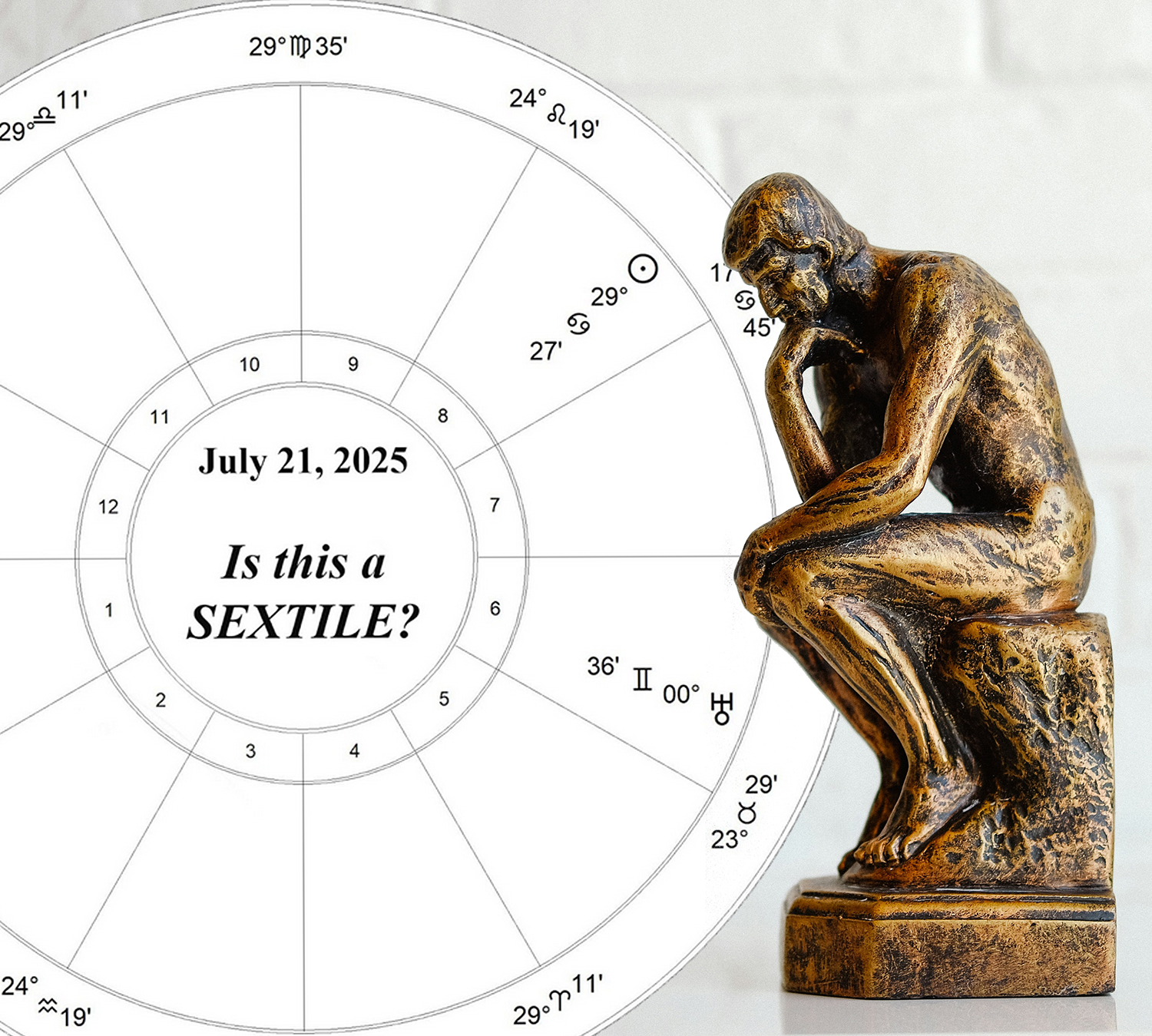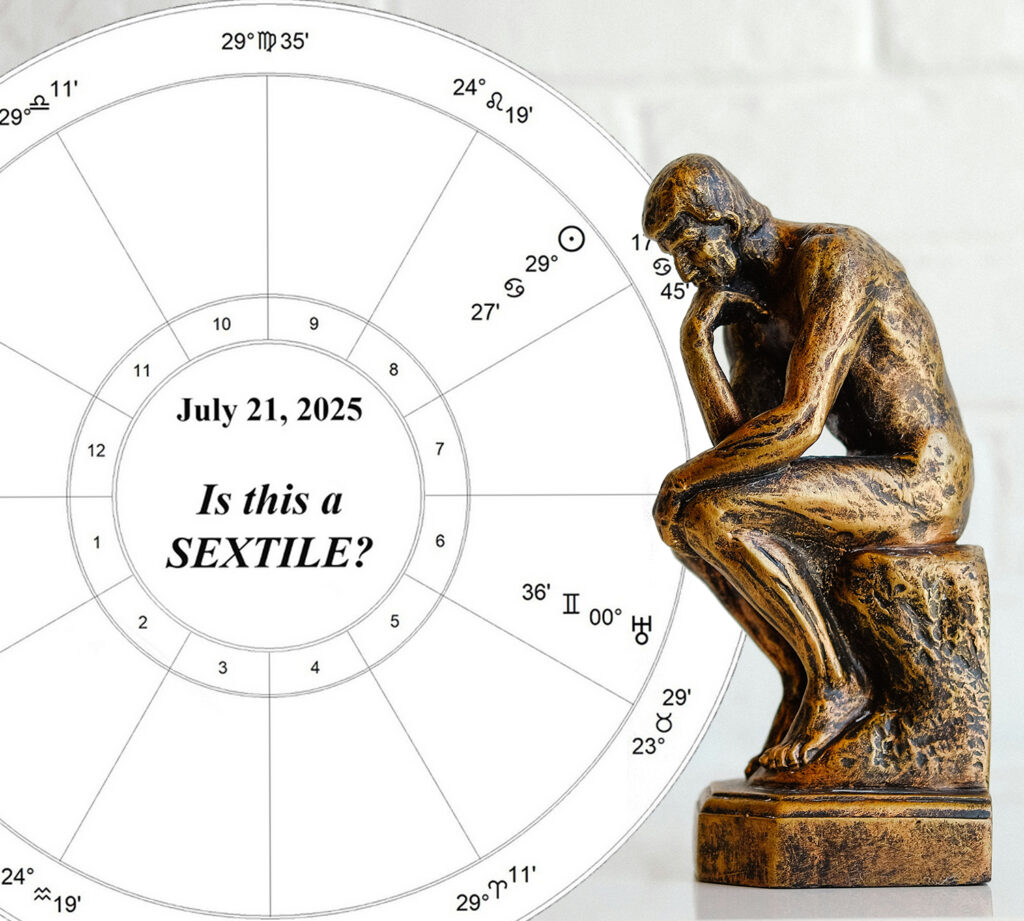Sacred Tides Meet Fire in the Sky
Dean’s Update, July 2025
Sacred Tides Meet Fire in the Sky
0:00
/
0:00
Dean’s Update
It’s near the end of July, FCEA classes are in full swing and I am getting ready to compose next year’s school calendar. It’s been a challenging summer for starting new work projects here in California with lengthy void-of-course Moon periods and Mercury stopping in the sky to station retrograde last week. Then add Jupiter in Cancer. The universe seems to be saying time to ease up, take some breaks, nurture each other and allow moments to reflect and heal.
Let’s see if we can make the most of these very long void-of-course “chapters” in August. There are several of them. Steven always says look for the last aspect the Moon makes before these extensive void periods. Look for a good aspect the Moon forms (a few of them are “soft” – a sextile or trine, for example); these are the best times to tap into our lunar meditations. But, of course, we can use any lunar aspect to guide us through our inner work, as we put aside initiating any significant new endeavors. Then there is Mercury retrograde appearing to travel backward through early degrees of Leo, turning direct at 12:29 am PDT on August 11th at 04 degrees 14′. The planet remains in its “shadow”, covering degrees of Leo passed over while retrograde, until August 25th.
Somewhere in life, you need to be selfish. Something inside yourself needs a creative outlet, a way to shine with your own unique gifts, and to have fun and let go. Roar in your own particular style and find the inner muse inside. Day-to-day work routines help us to master and utilize our skill sets as evolutionary astrologers. But tedious chores and drudgery can just bring us spiraling downward. How best to describe the inner work of Leo? Revisit and reevaluate plans in Mercury retrograde fashion to restore meaningful play in all that you do.
Let me turn back now and apply this astrological context to your work at the FCEA. Excuse me as I promote some of our advanced 400-level classes! We are slowly rolling out new courses designed to acknowledge the specialist in you. Please use Mercury in Leo, retrograde now, and feel in your heart where in your practice you’d like to truly “shine.” What is your special talent or skill? Electional, astro-mapping or perhaps rectification? As we open these classes in the remaining few months of 2025 and in 2026, opportunities arise to add a designation to your FCEA diploma stating your passion. Why not give it some thought? We look forward to seeing you in class!
Catie Cadge, PhD
July 2025




